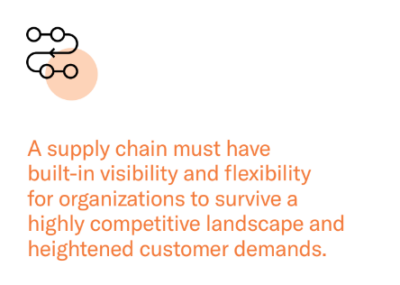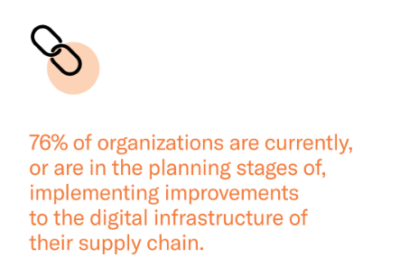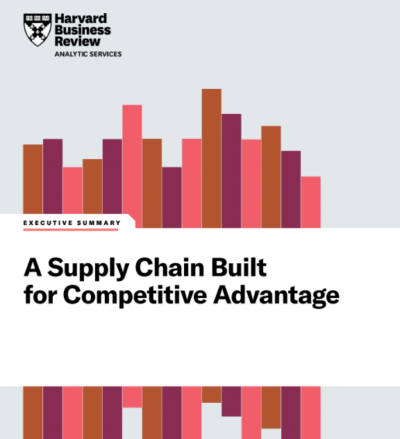HBR’s ‘A Supply Chain Built for Competitive Advantage’
Unveiling the Path to Logistics Resilience
Introduction
In a landscape shaped by unprecedented disruptions—pandemics, political unrest, and natural disasters—the logistics sector grapples with the imperative of adaptability. The HBR analysis in their paper “A Supply Chain Built for Competitive Advantage” underscores a seismic shift, where organizations recognize the heightened importance of resilient supply chains. However, a significant gap persists between acknowledgment and effective action, posing challenges that demand immediate attention.
HBR article cover
Challenges and Realities
Executives, responding to an October 2022 HBR survey, reveal a landscape fraught with challenges. Two-thirds grapple with supply chain recovery, 53% fear inflexibility, and 65% cite technology hurdles. This reveals a pressing need for transformative strategies in an industry navigating an evolving and complex environment.

Key Findings
Supply Chain Prioritization: 94% of executives acknowledge an increased priority on supply chain operations compared to three years ago.
- Post-Disruption Challenges: Two-thirds of executives state that their supply chain is still recovering from recent disruptions.
- Flexibility Concerns: 53% fear their supply chain lacks the flexibility to adapt swiftly to market demands.
- Technology Hurdles: 65% identify a lack of real-time supply chain data access as a major technology obstacle.
- Performance-Expectation Gap: Executives rate critical supply chain capabilities as extremely valuable, but organizations report a 20-to-30-point performance gap in each area.
“90% believe having a modern and fully integrated digital infrastructure supporting the supply chain is critical to business success”
The report brings to light a critical juncture for logistics, emphasizing the imperative for supply chain resilience. As a software provider, the next steps are pivotal in addressing the industry’s pressing needs.
- Integrated Digital Solutions: Recognizing the reliance on outdated technology and disparate applications, software providers should champion integrated digital solutions. A seamless platform that connects various supply chain elements in real time can bridge the performance-expectation gap.
- Data Visibility Enhancement: With 65% highlighting data access issues, software solutions must prioritize enhancing data visibility. Offering robust analytics tools and breaking down silos will empower organizations to make informed, real-time decisions.
- Agile Decision-Making Tools: Given the challenges of recovery and adaptation, software providers should focus on developing agile decision-making frameworks. This includes predictive analytics and risk management tools to help organizations navigate disruptions more effectively.
- Collaborative Platforms: To address the noted collaboration challenges, software solutions should facilitate improved communication between internal teams and external partners. A collaborative platform can streamline operations and enhance overall supply chain efficiency.
- Talent Management Solutions: As talent shortages pose a significant challenge, software providers can contribute by integrating solutions that assist in talent management. This could involve platforms for skill development, training, and recruitment.
Next steps

In conclusion, the logistics industry stands at a crossroads, and software providers have a unique opportunity to drive transformative change. By focusing on integrated, data-driven, and collaborative solutions, software providers can play a pivotal role in fortifying supply chains against future disruptions, ultimately contributing to the resilience and success of businesses in this dynamic landscape.
Sources:
- “A Resilient Supply Chain Built for Competitive Advantage”, by Harward Business Review






